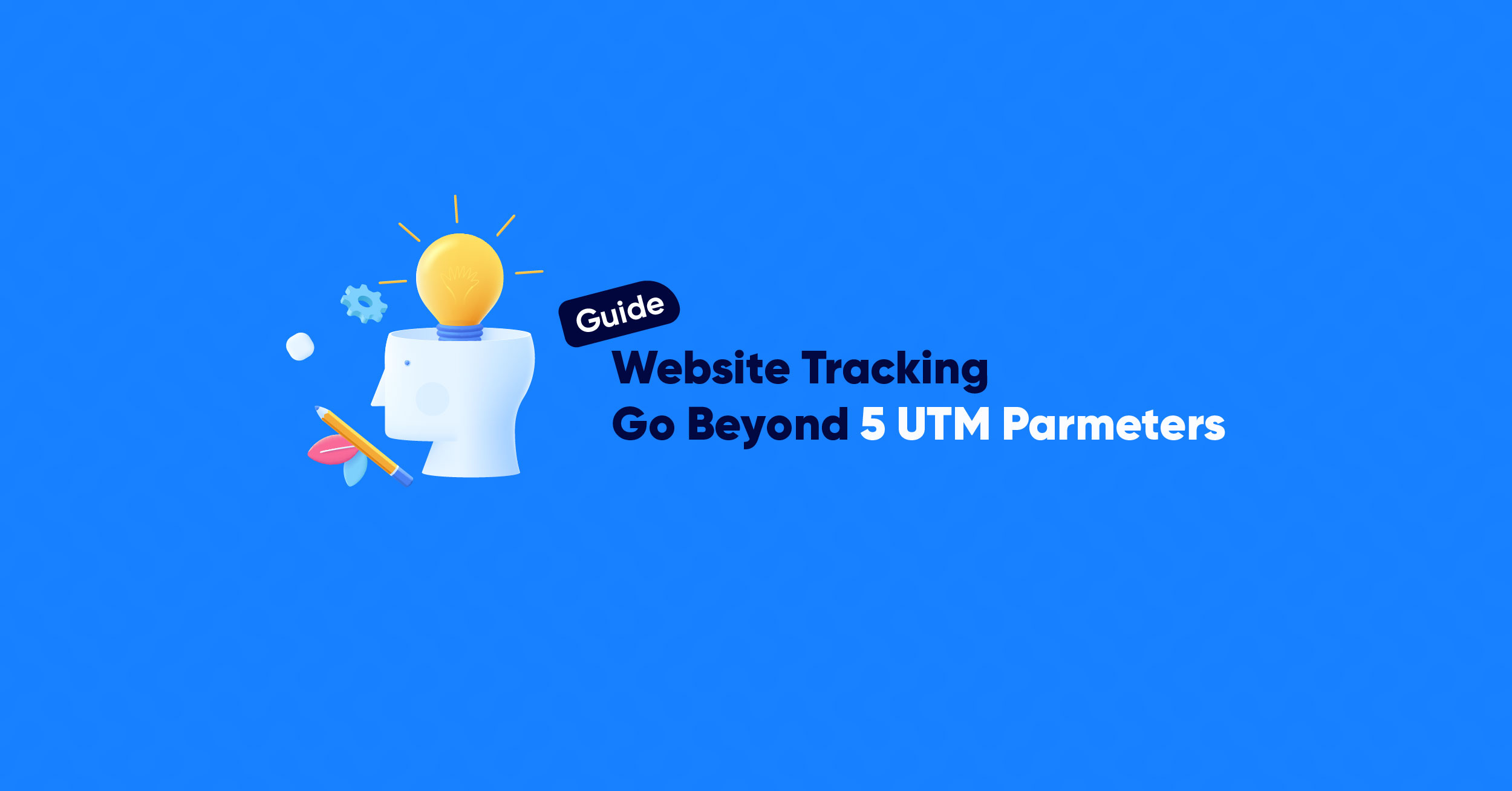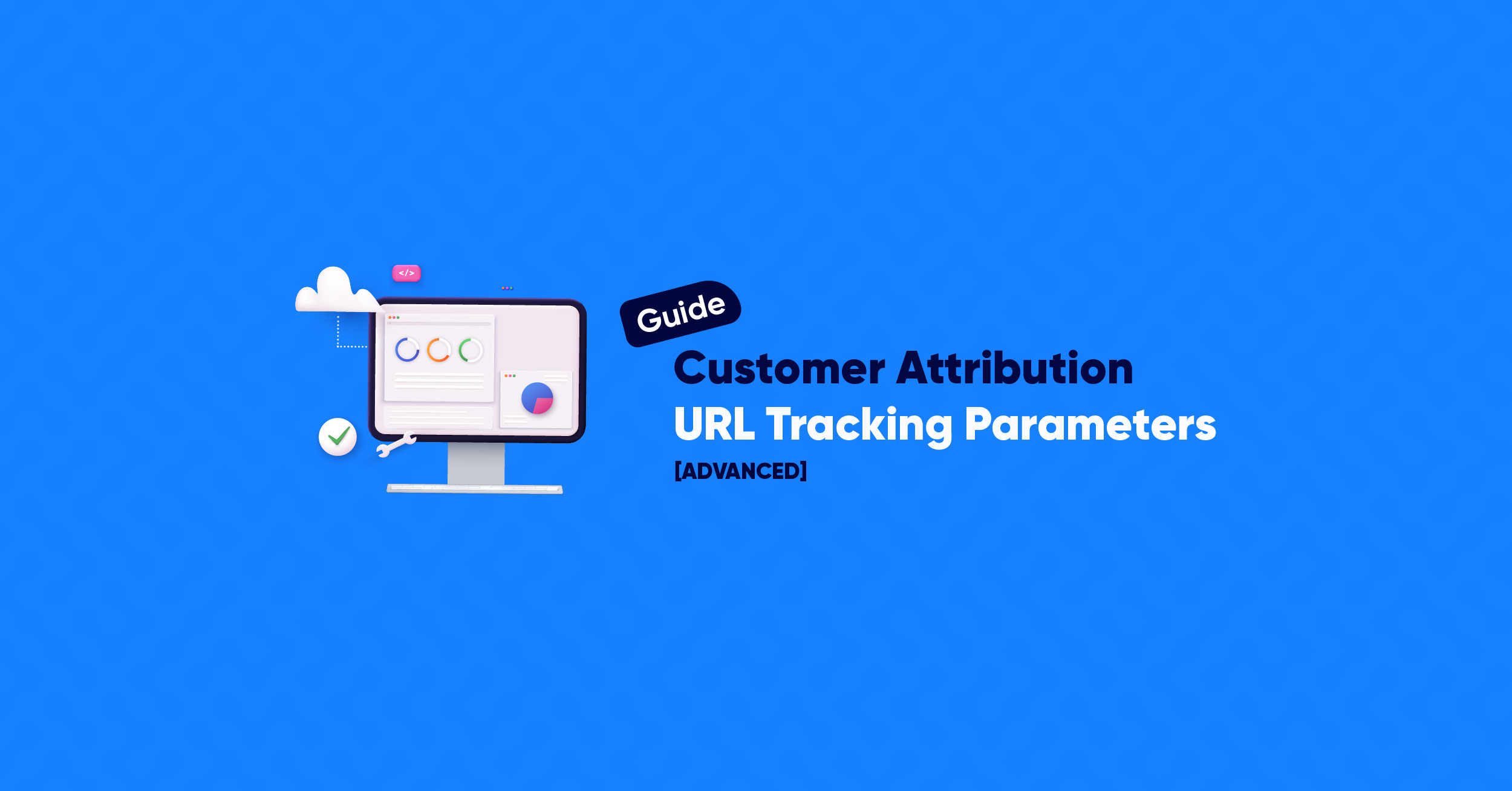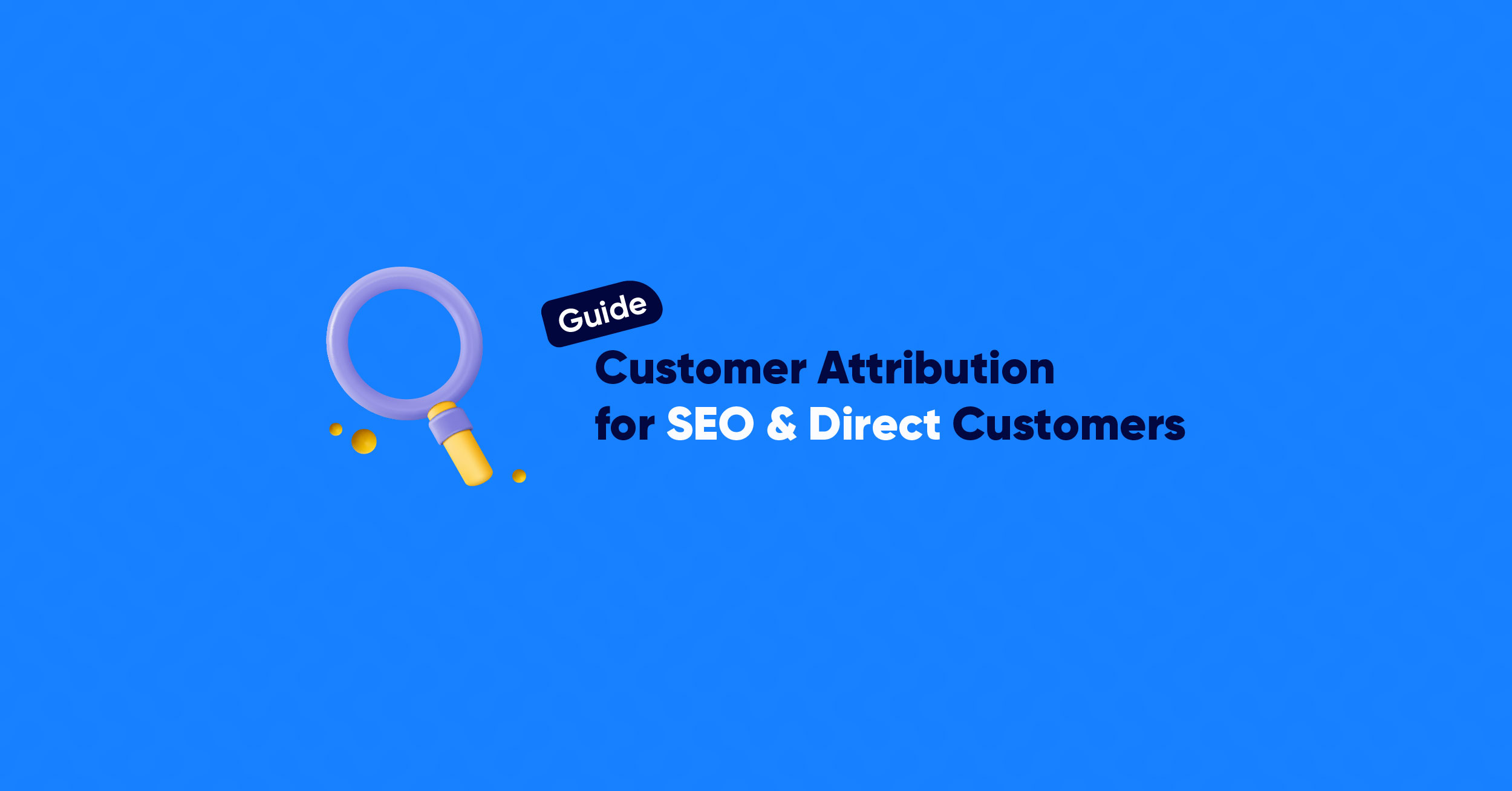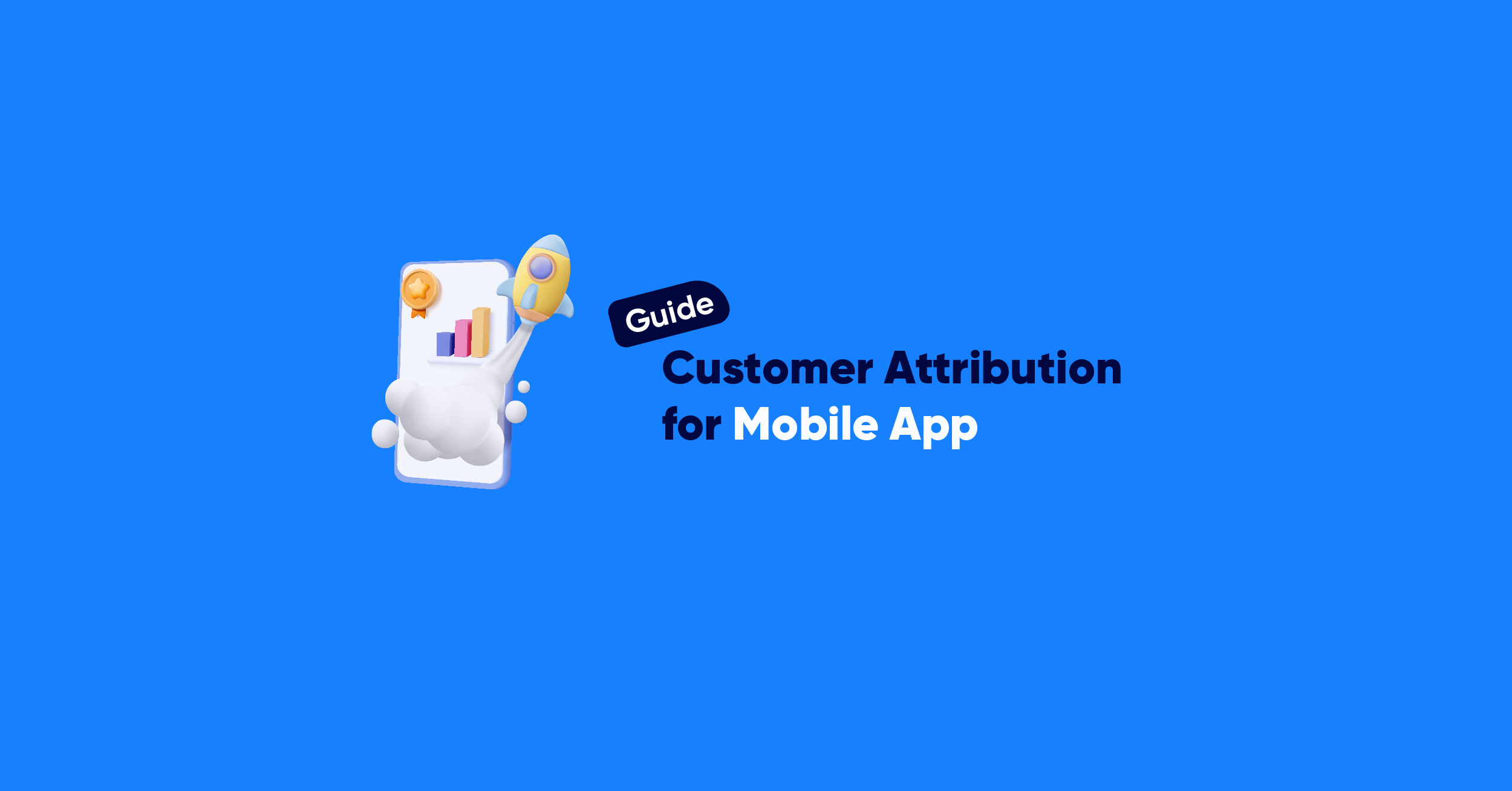
Attribution tracking plays a crucial role in measuring, optimizing, and evaluating the effectiveness of advertising campaigns, such as measuring the ROI of each channel and campaign for continued budget allocation.
Most businesses establish their own attribution tracking systems; however, these systems often come with certain limitations and can sometimes be inconvenient for marketers and business users to use and analyze data.

Nemo Marketing introduces a comprehensive series of guides on Attribution Tracking, based on Nemo’s practical experience in operating two parallel teams:
- Marketing Team: Executing web and mobile app acquisition campaigns.
- Business Intelligence Team: Providing reporting and insights solutions for the marketing team and other departments within the company.
This series of articles will guide you from concept, mindset, and how to set up the system from A to Z (whether you are running web campaigns or mobile app campaigns). It may not be a perfect system, but it will undoubtedly provide the maximum types of data that marketers or business users need for analysis.
The writing style is easy to understand and applicable to both marketers, developers, and data analysts.
If you are a pure marketer, consider reading this article with developers or data analysts, and vice versa.
A Short Story Before We Begin
This is a true story about my friend, the owner of a Game-fi (Crypto) company. At the end of 2022, he shared with me that he had spent a substantial amount of money (around $###,000) to acquire users from various Game-fi and Crypto communities. After the campaign, his user base doubled, but the ROI remained just around the break-even point.
He lamented that he was sure one of those communities had brought in a good ROI for him. However, he had no way to distinguish which users came from where, so he didn’t know which community to invest in for the next campaign.

After some discussion, I discovered that during the campaign, his company had completely overlooked the concept of Tracking Links (Attribution Tracking). This meant that every user coming to his platform remained unidentified in terms of their source.
I immediately advised him to build an Attribution Tracking system before throwing any more marketing dollars out the window.
Before speaking with my friend, I used to think that Attribution Tracking was something very basic that any business would implement. However, the truth is far from that.
That’s why I’m writing this series. Not only will I guide you through the fundamental concepts, but I will also provide instructions on setting up an advanced system to help businesses maximize customer data for the most effective insights.
Why is Attribution Tracking Important?
It would be too extensive to list them all, but here are the two most crucial benefits if your business sets up an effective Attribution Tracking system.
Benefit 1: Automating Reporting to Save Labor Time

In my businesses, the marketing team used to spend HOURS each day creating manual reports. Their process roughly went like this:
- Step 1: Visit each Ad Network, check each Ad Account to gather cost data.
- Step 2: Download the list of leads and filter them by Ad Network and Campaign.
- Step 3: Download the list of leads with conversions and further filter by Ad Network and Campaign.
- Step 4: Based on the above steps, they would create daily reports on Cost, Leads, and Conversions.
- Step 5: They would then manually analyze each campaign’s performance to determine which ones were doing better.
I hope you’re not doing the same, as this approach is outdated and time-consuming.
I reviewed the entire Attribution Tracking logic and made modifications to provide a comprehensive solution that automates the entire process mentioned above. As a result, with just one click each day, the marketing team can grasp the entire performance and complete the marketing report in just 5 minutes (instead of hours as before).
Benefit 2: Discovering Marketing Insights to Optimize Costs and Profits
This Attribution Tracking system also helps business owners understand the ROI (Return on Investment) and Customer Retention Rate for each channel, allowing them to adjust their outreach strategies and minimize costs while maximizing profits for the company.

Indeed, when we integrate Attribution Tracking and other data sources automatically, finding the right direction for the business becomes much faster and more accurate. It minimizes the margin for error that can occur when relying on manual reporting.
Additionally, it’s essential to emphasize that Attribution Tracking is a critical foundation for your business to progress towards Business Intelligence.
If you want your business to enjoy the two benefits mentioned above, I highly encourage you to read this series. Whether you’re a business owner, marketer, developer, or data analyst, you should read it because you’re sure to learn many new things.






